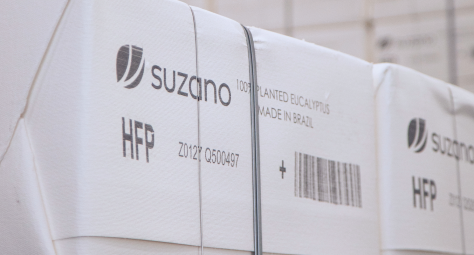sobre o que você deseja falar?


perguntas, sugestões ou problemas técnicos envolvendo a plataforma

informações sobre a empresa


High Conservation Value Area (HCVA) refers to regions with critically important environmental, social, or cultural attributes that must be protected for long-term preservation. These attributes may include significant biodiversity, rare ecosystems, essential environmental services, the needs of local communities, and critical cultural values.
The concept of HCVA emerged in the Forest Stewardship Council® (FSC®) forest certification system. HCVAs are mentioned in principle 9 of the FSC® standard, which aims to maintain or enhance these areas' significant or critical environmental and social values.
Suzano uses the criteria outlined in the HCV Resource Network 2020 guide to identify and prioritize actions for High Conservation Value Areas (HCVAs) in jurisdictional and landscape contexts. The six categories are:
Suzano also identifies Sites of Special Significance (SSS), which are natural areas that are anthropized or have infrastructure used by communities for general cultural, ecological, economic, and religious manifestations and are located within the company's properties.
As part of an ongoing process, we assess specific attributes in each new property, whether acquired or leased. This assessment considers the presence or absence of these attributes. The method includes a public hearing with relevant stakeholders to promote engagement and ensure awareness of the results obtained from the studies.
To maintain the identified attributes effectively, we have developed a plan that provides guidance and establishes protocols for regular monitoring. This plan includes analysis to determine control and protection measures against potential risks and impacts that could threaten the continuity of these attributes.
To control these threats, Suzano implements a comprehensive set of measures for environmental protection and monitoring:
A significant portion of these High Conservation Value Areas (HCVAs) falls within the company's Private Natural Heritage Reserves (RPPNs), a specific category of privately owned Conservation Units (CUs) established by Brazil's National System of Nature Conservation Units (SNUC). These reserves are created voluntarily and are intended to last indefinitely. Their primary goals are to conserve biodiversity, protect remnants of native forests, and safeguard water resources. Additionally, they promote scientific research, environmental education, and experiential activities in natural settings.
The table below shows the sizes of the HCVA by region in the country where Suzano operates.
| 2020 | 2021² | 2022³ | 2023³ | 2024⁴ | |
|---|---|---|---|---|---|
| ha | ha | ha | ha | ha | |
|
Espírito Santo-Bahia |
20,213.64 |
19,986.05 |
18,965.02 |
17,941.75 |
17,034.53 |
|
Maranhão |
25,335.37 |
53,524.32 |
52,677.60 |
52,846.75 |
46,051.58 |
|
Mato Grosso do Sul |
6,968.00 |
11,330.08 |
11,330.08 |
11,334.55 |
11,334.55 |
|
São Paulo |
4,879.71 |
9,360.65 |
10,620.90 |
10,634.12 |
10,633.81 |
|
Total |
57,795.38 |
94,201.10 |
93,593.60 |
92,757.17 |
85,054.47 |